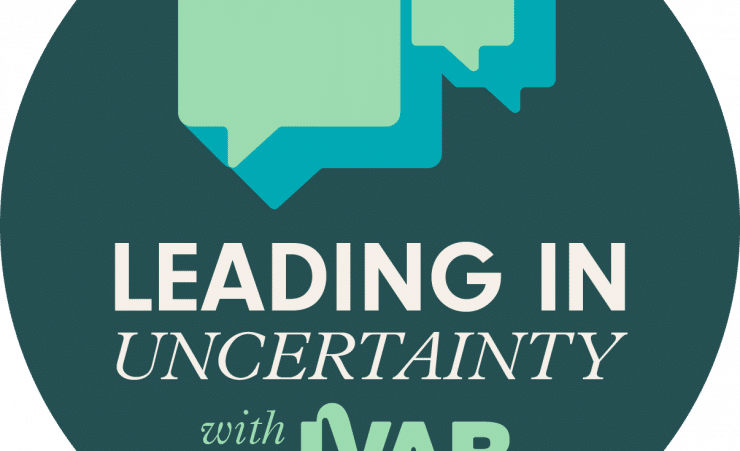
‘Like a charity but different’: CIC leaders share their experiences
As part of our Leading in Uncertainty work, we held a series of peer sessions for Community Interest Company (CIC) leaders in the Community First Yorkshire network. CICs are a special type of limited company that exists to benefit the community rather than and are part of the voluntary sector.
This blog explores the challenges that many CIC leaders face, including:
- Lack of distinct spaces to connect
- Competing priorities, responsibilities and succession planning
- Funder perceptions
This forms part of IVAR’s Leading in Uncertainty programme, where we facilitate peer support sessions for voluntary sector leaders and publish insights and experiences. Our aim is to offer support and encouragement to other leaders, and to inform funder practice.
Lack of distinct spaces to connect
CIC leaders mentioned that they don’t have spaces to connect with others leading similar organisations. Much of the support available for voluntary sector organisations is aimed at charities, which can lead to CIC leaders feeling excluded. Online peer support sessions helped CIC leaders feel understood and less alone:
‘Similar minded people talking about similar things have been very helpful.’
Mentoring was also seen as an effective source of support, allowing leaders to discuss challenges and feel they were giving back to the sector:
‘[There’s a] sense of achievement because you’re helping someone else.’
‘We meet every month for one hour and that’s helped a lot. Someone who understands my issues, no agenda, someone outside of my organisation… It’s confidence boosting, and makes you realise that you have the answers.’
Competing demands, responsibilities and succession
CIC leaders juggle competing demands and responsibilities. The passion of the CIC leaders we met, many of whom were founders, meant that they were often trying to do it all – deliver services, promote the organisation and find funding:
‘You’re writing bids, organising funding, press. It’s lots of things to do in a day.’
‘I’m constantly needing to say no – I see a need and want to help people, but I can’t do everything.’
Leaders were concerned about the risk of overdependence on them to their organisations’ long-term sustainability.
‘I need to either make decisions that we close stuff, or I have people that I trust to take roles off me when I’m not there, but I also don’t want to overburden them.’
‘I struggle with feeling that I should be the one working hardest, but if I break, there will be a lot of consequences.’
Despite understanding the importance of succession planning and setting up processes, it is difficult to find the time to do so:
‘We had zero contingency, even for holidays, and nothing has been written down. I’m now restricting my tasks so we have those safety nets built in, and writing process manuals for everything to make the organisation more sustainable. This takes time and you have to make time for this.’
‘Running our organisation falls on two board members who have an enormous amount of work. Are they overcommitting themselves? I try to keep their workloads within reason, but they are very ambitious. If one of them was unable to continue (e.g. long-term illness) it would be a nightmare.’
Finding the right people is also a challenge – training takes time and resource that many CICs don’t have. However, leaders were trying to step back and share responsibilities. Those who had done this saw the benefits for other staff or volunteers; giving them greater autonomy and confidence. For example, one leader delegated social media to a sixth form student which helped the CIC and looked great on the student’s CV.
‘You wear 10 different hats in a day, paying people to apply for pots of money can be a better solution than trying to slog it out myself.’
Funder perceptions of CICs
CIC leaders expressed similar funding frustrations as other organisations in the voluntary sector: lack of unrestricted funding, long application forms, no feedback on funding applications, no resource for writing bids. However, one issue appeared unique to CICs: funders often don’t see them as charitable organisations. This puts the onus on CIC leaders to take a chance on applying with little likelihood of success; or to have the confidence to make the case to funders as to how and why they have community benefit. It was felt that funders often see it as more risky to fund CICs, compared with traditional charities. This was believed to be, in part, due to CIC governance structures, which enable paying board members whereas charity trustees are unpaid.
The leaders that we spoke to chose the CIC model because they wanted to work closely with their local area. However, funders seeing the ‘company’ but not the ‘community’ aspect of a CIC is a real challenge, as Neil Atkinson from Sporting Influence Foundation reflects on below.


